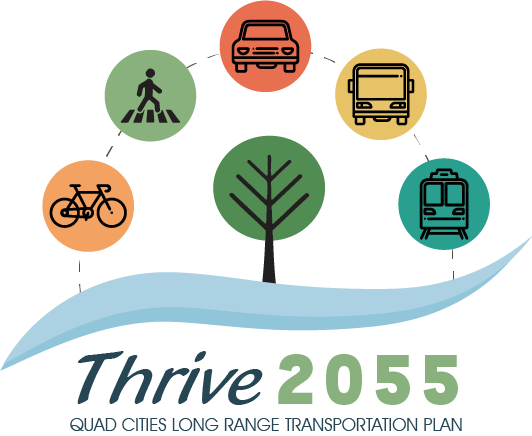 November 16, 2016 – November 16, 2016 is GIS Day! It provides an opportunity for Geographic Information System (GIS) users to promote and demonstrate the benefits of this technology that has revolutionized the delivery of spatial information.
November 16, 2016 – November 16, 2016 is GIS Day! It provides an opportunity for Geographic Information System (GIS) users to promote and demonstrate the benefits of this technology that has revolutionized the delivery of spatial information.
Local governments use GIS to improve decision making, service delivery, and citizen engagement. Since most government data is location-based, sharing this information using GIS can help operations run more smoothly and also give citizens more open, positive experiences.
Counties and cities in the Bi-State Region are using GIS, for example, to determine the most efficient routing for garbage pickup and snow removal, predict the effects of potential flood inundations, and provide school and voting district lookup maps.
Bi-State Regional Commission staff has been using GIS for many years to create and maintain maps for member governments. However, GIS provides more than just points, lines, and colors on a map. It ties valuable information with those features, allowing staff to access the information, analyze, and display it in different ways. Many layers of information can be combined and spatially analyzed, including socio-economic characteristics; infrastructure such as water and sewer coverage; transportation features such as transit routes, pavement conditions, traffic counts, etc.; land use; and natural characteristics such as floodplain and soil types. Staff uses all of this information as the basis for future plans for individual communities, as well as the five-county Bi-State Region as a whole. Examples include comprehensive and land use plans, hazard mitigation plans, and parks and recreation plans. Working across the region, this type of analysis is incorporated into Quad Cities Metro Area and Region 9 long range transportation plans, transit development plans, public safety plans, and air quality plans.
Digital and online delivery of GIS is quickly becoming popular and gives citizens instant access to its government’s data in a user-friendly way. Bi-State staff is able to help communities by setting up some of these tools. For example, Pleasant Valley School District is using an online school district finder app developed by Bi-State staff. To view an example, please visit, https://bsrc.maps.arcgis.com/apps/Viewer/index.html?appid=6ba7f7d5d7784a60ab6e3d1340d8f683.
For more information on Bi-State’s GIS Services, please contact Lisa Miller, Data/GIS Director at


